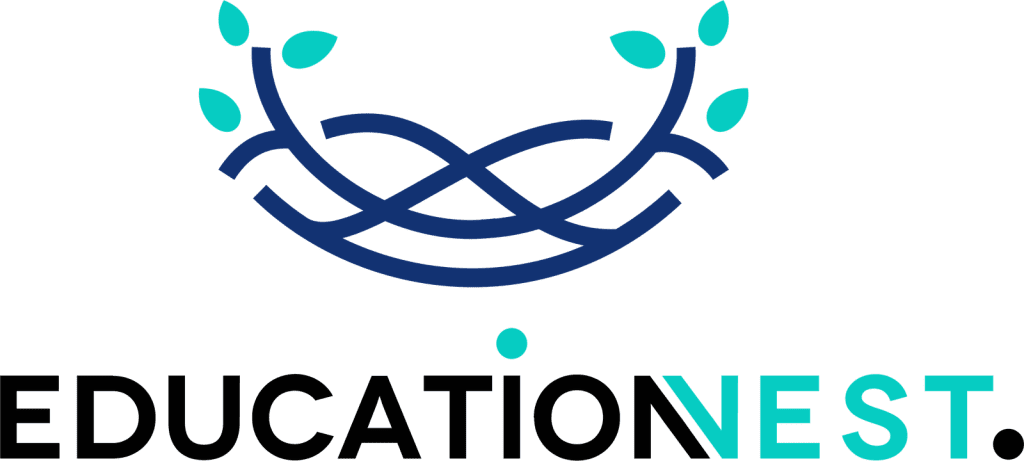As a business leader, you understand the importance of investing in your employee development success. Providing opportunities for skill-building and career advancement not only boosts job satisfaction but also drives business success. However, creating an effective employee development program can be a daunting task, especially for smaller organizations or those with limited resources.
In this article, we’ll discuss the essential tools you need to succeed in employee development, addressing common pain points and providing practical solutions to help you get started.
The Importance of Employee Development
Before we dive into the tools, let’s quickly discuss why employee development is crucial for your organization:
- Increased productivity: Well-trained employees are more efficient and effective in their roles.
- Improved job satisfaction: Employees who feel invested in are more likely to be engaged and motivated.
- Better retention: Providing opportunities for growth and development can reduce turnover rates.
- Competitive advantage: A skilled and knowledgeable workforce sets your business apart from competitors.
Tool #1: Performance Management Software
A performance management system is the foundation of any employee development program. This tool helps you:
- Set clear goals and objectives: Align employee goals with business objectives.
- Track progress: Regularly monitor employee performance and provide feedback.
- Identify areas for improvement: Pinpoint skills gaps and create development plans.
When selecting a performance management software, look for features such as:
- Goal-setting and tracking
- Regular check-ins and feedback
- Performance analytics and reporting
Tool #2: Learning Management System (LMS)
An LMS is a platform that hosts and delivers training content to employees. This tool allows you to:
- Create and assign training courses: Develop and assign courses that address specific skills gaps.
- Track learning progress: Monitor employee completion rates and assess knowledge retention.
- Provide access to resources: Offer a centralized hub for employees to access training materials, videos, and articles.
When choosing an LMS, consider the following features:
- Course creation and assignment
- Progress tracking and reporting
- Integration with other HR systems
Tool #3: Mentorship Program Software
Mentorship programs pair experienced employees with newer team members, providing guidance and support. This tool helps you:
- Match mentors and mentees: Pair employees based on skills, interests, and goals.
- Track program progress: Monitor the effectiveness of the mentorship program and identify areas for improvement.
- Provide resources and support: Offer training and guidance for mentors and mentees.
When selecting a mentorship program software, look for features such as:
- Mentor-mentee matching
- Program tracking and reporting
- Resource library and support

Read More
The Top 3 Sales Techniques That Deliver Results in India
Making Employee Development Fun and Engaging: A Game-Changer for Your Organization
Tool #4: 360-Degree Feedback Tool
A 360-degree feedback tool collects feedback from multiple sources, including peers, managers, and direct reports. This tool helps you:
- Gain a holistic view of employee performance: Collect feedback from various stakeholders to identify strengths and weaknesses.
- Identify areas for improvement: Pinpoint specific skills gaps and create development plans.
- Provide actionable feedback: Share feedback with employees and provide guidance on areas for improvement.
When choosing a 360-degree feedback tool, consider the following features:
- Multi-source feedback collection
- Customizable feedback templates
- Actionable feedback reporting
Tool #5: Employee Engagement Survey Tool
An employee engagement survey tool helps you measure employee satisfaction and sentiment. This tool allows you to:
- Gauge employee engagement: Collect feedback on job satisfaction, motivation, and commitment.
- Identify areas for improvement: Pinpoint specific issues affecting employee engagement.
- Track progress over time: Monitor changes in employee engagement and sentiment.
When selecting an employee engagement survey tool, look for features such as:
- Customizable survey templates
- Anonymous feedback collection
- Actionable reporting and analytics
Implementing Employee Development Tools
Implementing these tools requires careful planning and execution. Here are some tips to get you started:
- Start small: Begin with one or two tools and gradually add more as needed.
- Communicate with employees: Clearly explain the purpose and benefits of each tool.
- Provide training and support: Offer guidance and resources to help employees effectively use each tool.
- Monitor progress and adjust: Regularly review the effectiveness of each tool and make adjustments as needed.
Conclusion
Investing in employee development is crucial for business success. By implementing these five essential tools, you’ll be well on your way to creating a comprehensive employee development program that drives growth, productivity, and job satisfaction. Remember to start small, communicate with employees, provide training and support, and monitor progress to ensure the success of your program.
